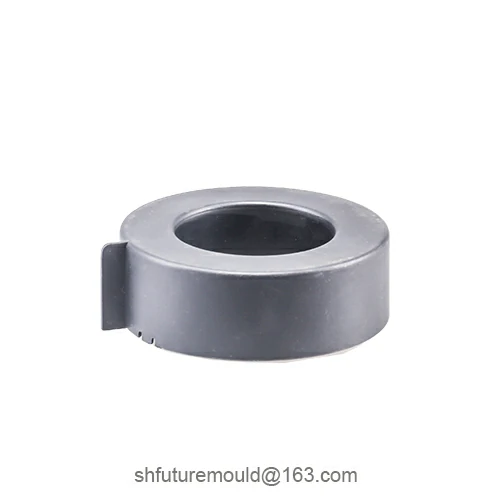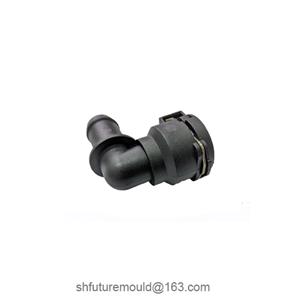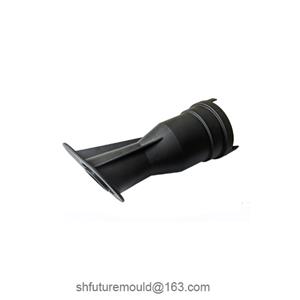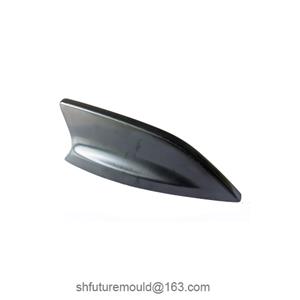Common Issues in the Assembly of Precision Injection Molds
The assembly of precision injection molds is a complex and meticulous process. Even minor mistakes can result in product quality issues.
1. Poor Part Fit
Cause: Insufficient machining precision, tolerance exceeding limits, or improper assembly techniques.
Impact: Excessive or insufficient fit clearance, affects the quality of injection-molded products.
Solution: Strictly control machining tolerances and perform precision inspections and trial fittings before assembly.
2. Wear or Misalignment of Guiding Mechanisms
Cause: Insufficient surface smoothness of guide pins and guide sleeves, or inadequate lubrication.
Impact: Instability during mold closure, resulting in product defects or flash.
Solution: Use high-quality guiding components, ensure proper lubrication, and calibrate guiding mechanisms accurately during assembly.
3. Poor Seal of Parting Surfaces
Cause: Insufficient machining precision of parting surfaces or misalignment during assembly.
Impact: Mold leakage or excessive burrs on the products.
Solution: Inspect the flatness and sealing of parting surfaces during assembly and polish them if necessary.
4. Cooling System Assembly Issues
Cause: Loose or clogged cooling channel connections, or improper installation of seals.
Impact: Reduced cooling efficiency, affecting production efficiency and product dimensional stability.
Solution: Ensure cooling channels are clean, use high-quality seals, and tighten connections to the specified torque.
5. Ejection System Sticking
Cause: Improper clearance during assembly of ejector pins or push plates, or insufficient lubrication.
Impact: Uneven ejection force, leading to product deformation or retention in the mold.
Solution: Adjust the clearance of ejector pins, ensure adequate lubrication, and avoid contaminants in the ejection system.
6. Injection System Installation Errors
Cause: Misalignment of sprue bushings or runner plates during installation.
Impact: Uneven material flow, causing surface defects or excessive internal stresses in the products.
Solution: Precisely position sprue bushings and runner plates, and inspect the runner system after assembly.
7. Loose or Improperly Installed Fasteners
Cause: Screws or dowel pins not tightened to the specified torque or incorrect assembly sequence.
Impact: Loosening during mold operation, affecting assembly precision and mold lifespan.
Solution: Tighten fasteners according to standards and recheck them after assembly.
8. Scratches or Damage to Mold Surfaces
Cause: Improper handling or misuse of tools during assembly.
Impact: Reduced surface quality of the mold, affecting the appearance of injection-molded products.
Solution: Use professional tools and take precautions to protect the mold surface during assembly.




